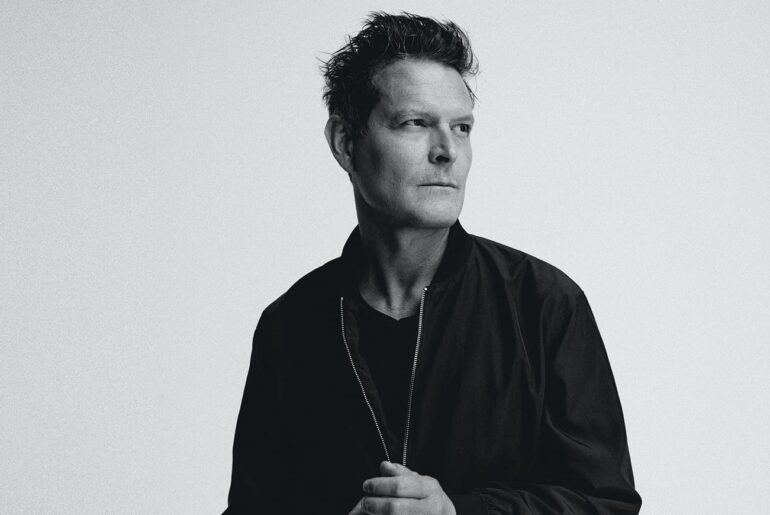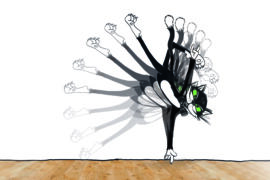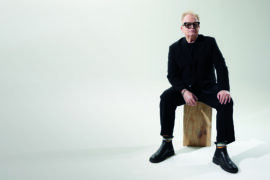The German Vogue described Thom Pfister as one of the most creative designers. Dior, Prada and Levi’s have collaborated with him in their campaigns and it is not without reason that his iconic works has been distinguished with over 250 creative awards.
Thom Pfister’s signature trademark is unmistakable. Very few can mix the disciplines of graphics, photography, painting and illustrations as skillfully as he can. Originally a graphic designer, he worked for several years as a designer in the renowned Studio Achermann, then in London. He managed agencies in Zurich and Bern and founded Studio Thom Pfister in 2021 in his old hometown, Bern.
Thom, I’ll start with a heretical question. You live and work in Bern. Would Zurich not be «the Place to be» for creative minds?
Creativity, inspiration and friendships are not bound to one location in my opinion. Our studio feels right here and there is a certain sense of calm about it. As a creative mind, Bern consistently forces you to move around again. And I am always happy to be in Zurich.
Now about your «Prime discipline». What can design do?
Design is not purely a matter of form, but forward-looking, critical and visionary. Good design has an unbelievable power and a wonderful, contagious energy. There are roughly 7000 different languages in the world and infinite dialects. They have developed over a number of centuries and are in a state of constant change, I think that also applies to the term design.
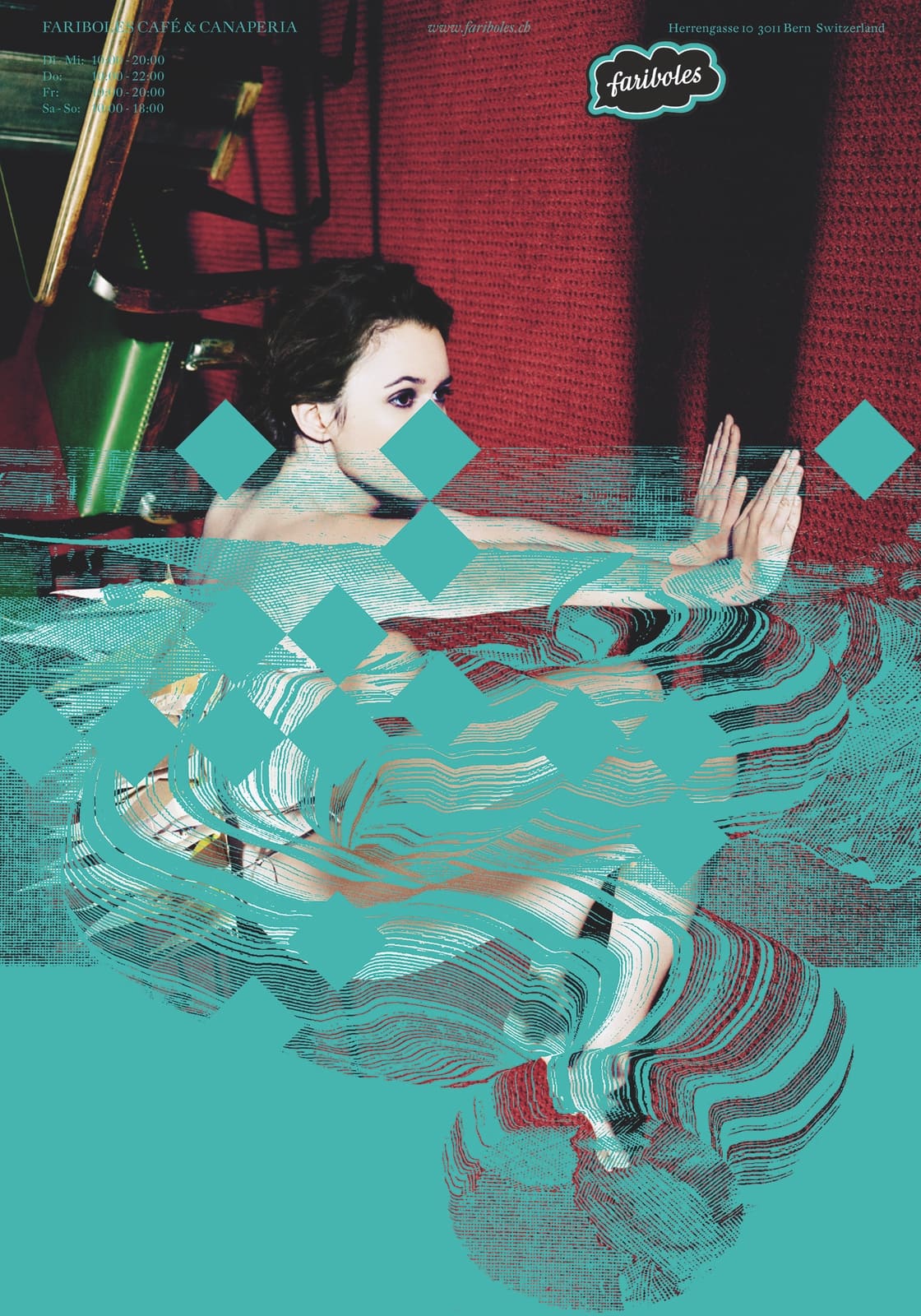
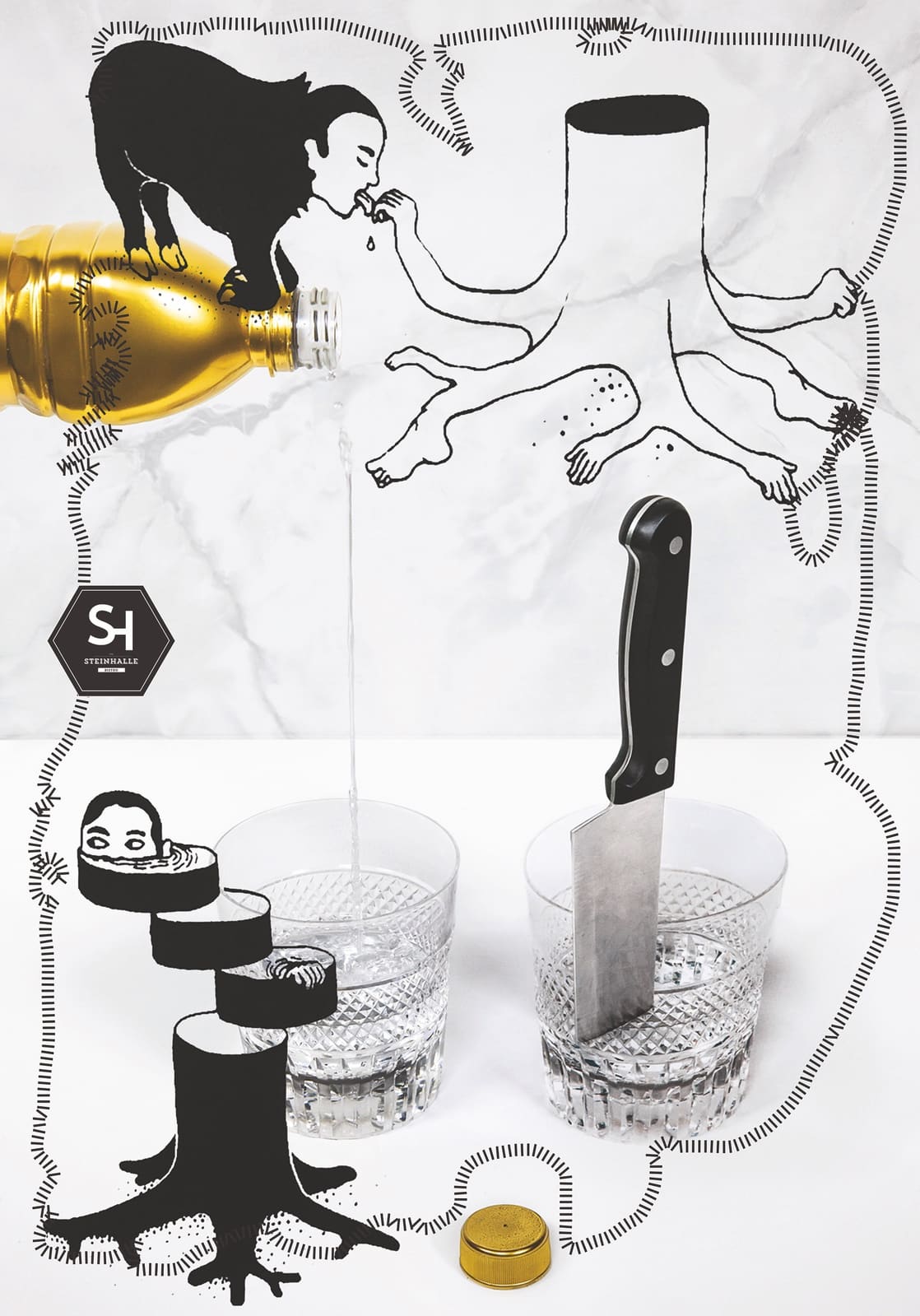
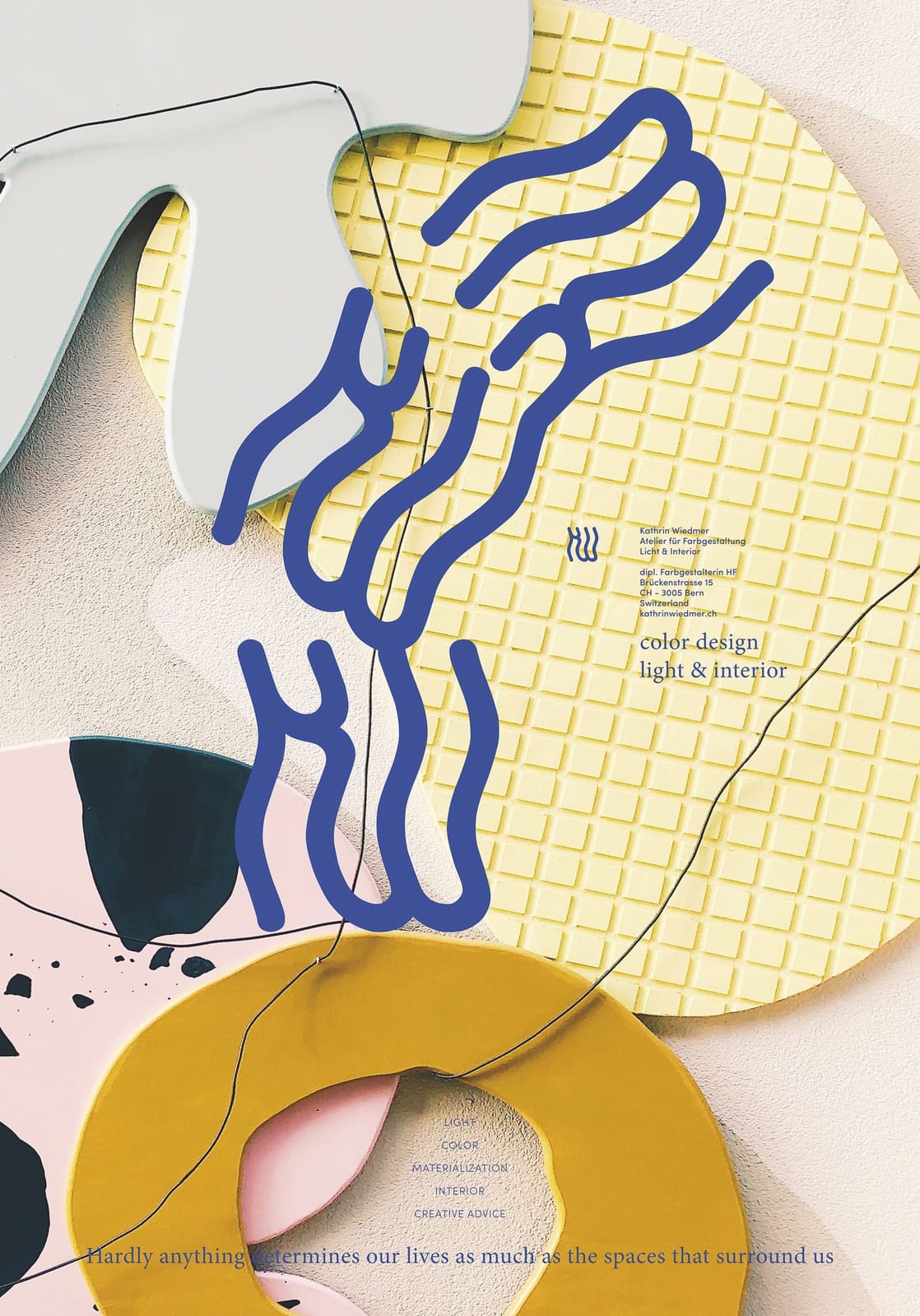
It is long established that good design does not have an expiry date. What do you consider to be the most important ingredients in design?
The most significant component is a love of people. Then a passion for good photography, film, typography and color. In the sense of accompaniments there should always be enough fun. Music, art, fashion, illustration and a feeling for design language.
Polarize or please?
Enthuse and inspire are perhaps more fitting. «Polarizing» is often too short-term, on the contrary «pleasing» is too flat, because I believe it is not about decorating but about creating ideas and attitude through design.
Looking at your works, it is evident that there is a strong affinity to the world of fashion. Where does this love originate?
Even as a small boy I always nabbed my parents’ fashion magazines. Most of the time I cut out the pictures and text before my mother had read Vogue and glued them into my moleskin notebooks. Later during my time at the Kunstgewerbeschule (“school of arts and crafts”), I worked in fashion houses where I designed shop windows and wrote pricelists. Incidentally the Levi’s team «discovered» me while I was decorating a shop window. That’s how I got to work on my first Levi’s campaign during my training as a graphic designer.
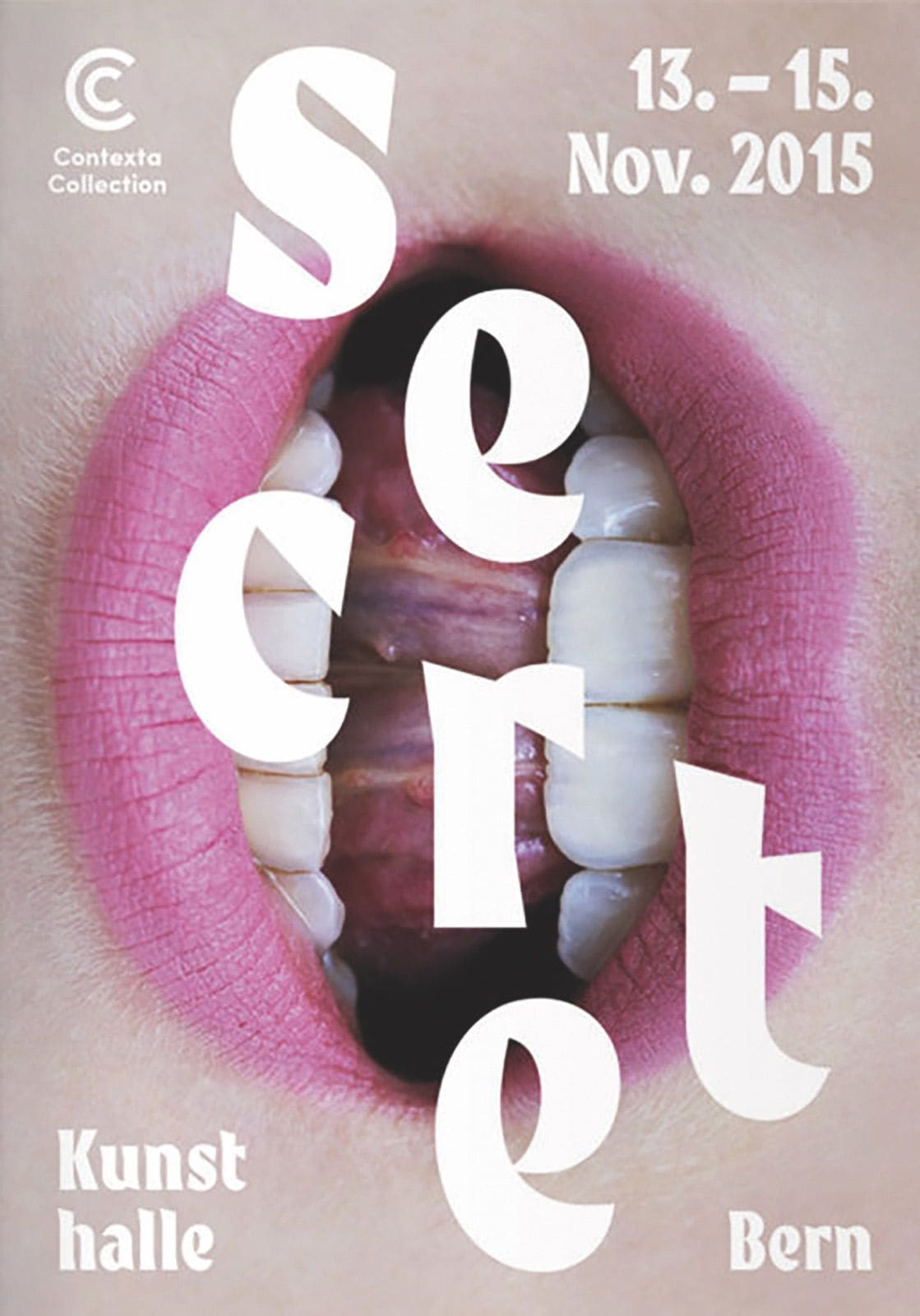
In the course of time design changes. To what extent has visual aesthetic changed in the wake of digitalization?
It has become more versatile, more exciting and more creative to an unbelievable extent. Simply wonderful. Design can develop to an even greater extent in the digital arena and access numerous animated elements. Materiality has also no place in my opinion. We are currently working on different magazine projects in print (and digital), that strengthens my conviction.
The 250 international and national accolades and awards that you have accumulated since starting your career bear testament to the fact that you have done everything right …
I consider it to be important that I compete on a national and international level with other creative minds. It is not only an important characteristic for our customers, but also for us. Winning an award is always great recognition, but it should not be the objective of our work.
You ooze style from tip to toe; you are surrounded by beauty every day. Were aesthetics and a love of detail always part of your life?
Thank you. Aesthetics always accompanied me, interested me and appealed greatly to me. Aesthetics were always part of my life. The spectrum of aesthetics, beauty and good design is something that touches us. I am thinking of a beautiful play. I go to the theater and suddenly experience something special. I believe that beauty cannot be democratized. It is something very personal.
Photo: Ciryll Matter, Zürich, Thom Pfister


